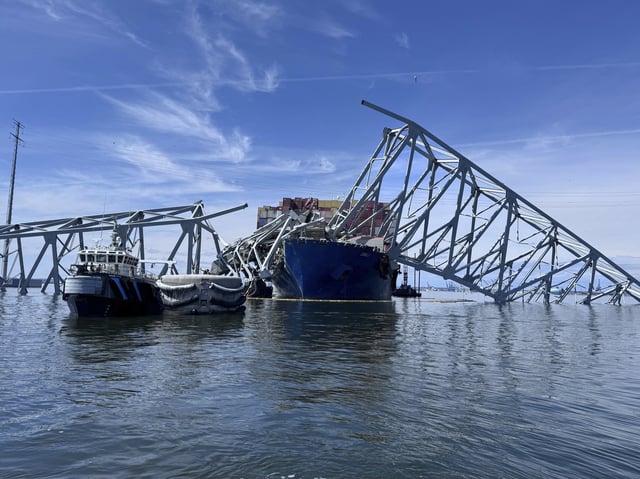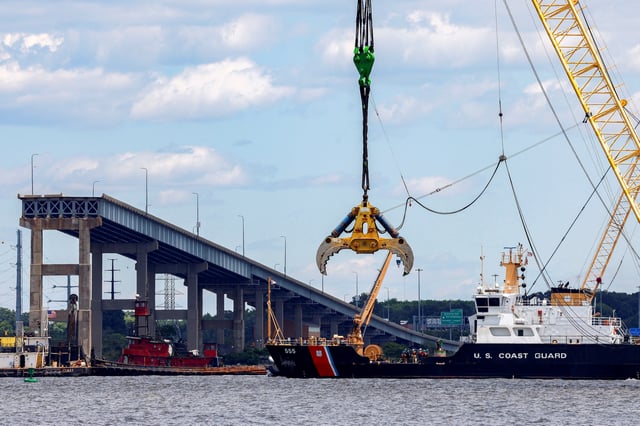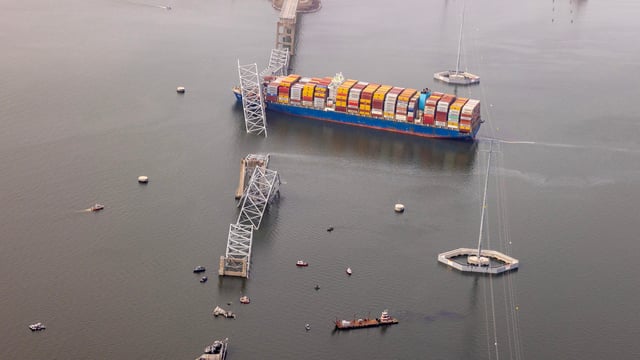Overview
- The Francis Scott Key Bridge in Baltimore collapsed on March 26, 2024, after the container ship Dali struck a support column, killing six construction workers.
- The Maryland Transportation Authority failed to conduct a risk assessment, leaving the bridge 30 times above acceptable risk levels for vessel collisions, according to NTSB findings.
- The Dali experienced electrical failures linked to cost-cutting and negligence by its owners, who settled with the U.S. Justice Department for $102 million in October 2024.
- The NTSB identified 68 other U.S. bridges requiring vulnerability assessments and recommended forming a federal team to assist bridge owners in reducing risks.
- Reconstruction of the Key Bridge began in early 2025, with federal funding covering the $1.9 billion cost, and completion expected by 2028.



